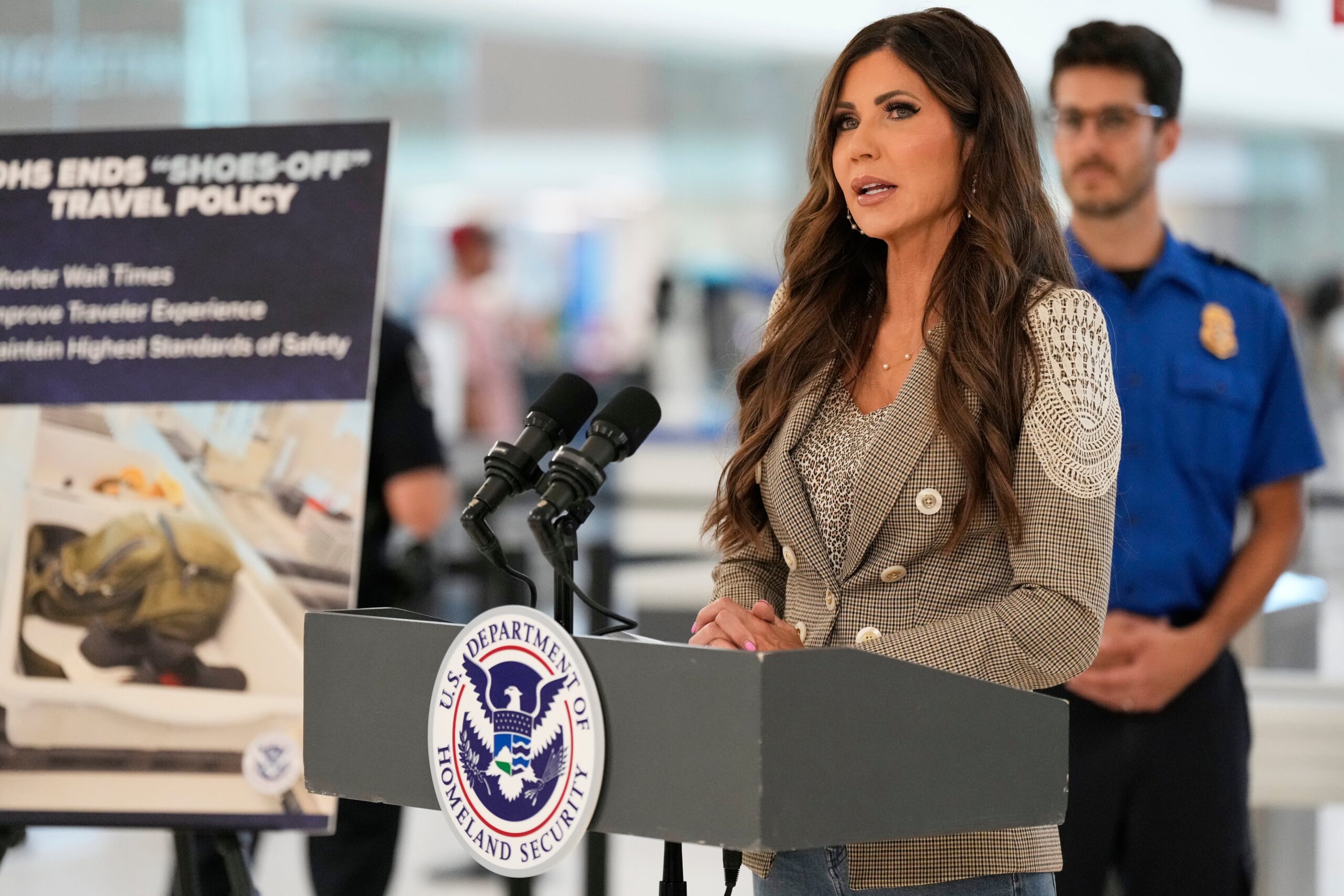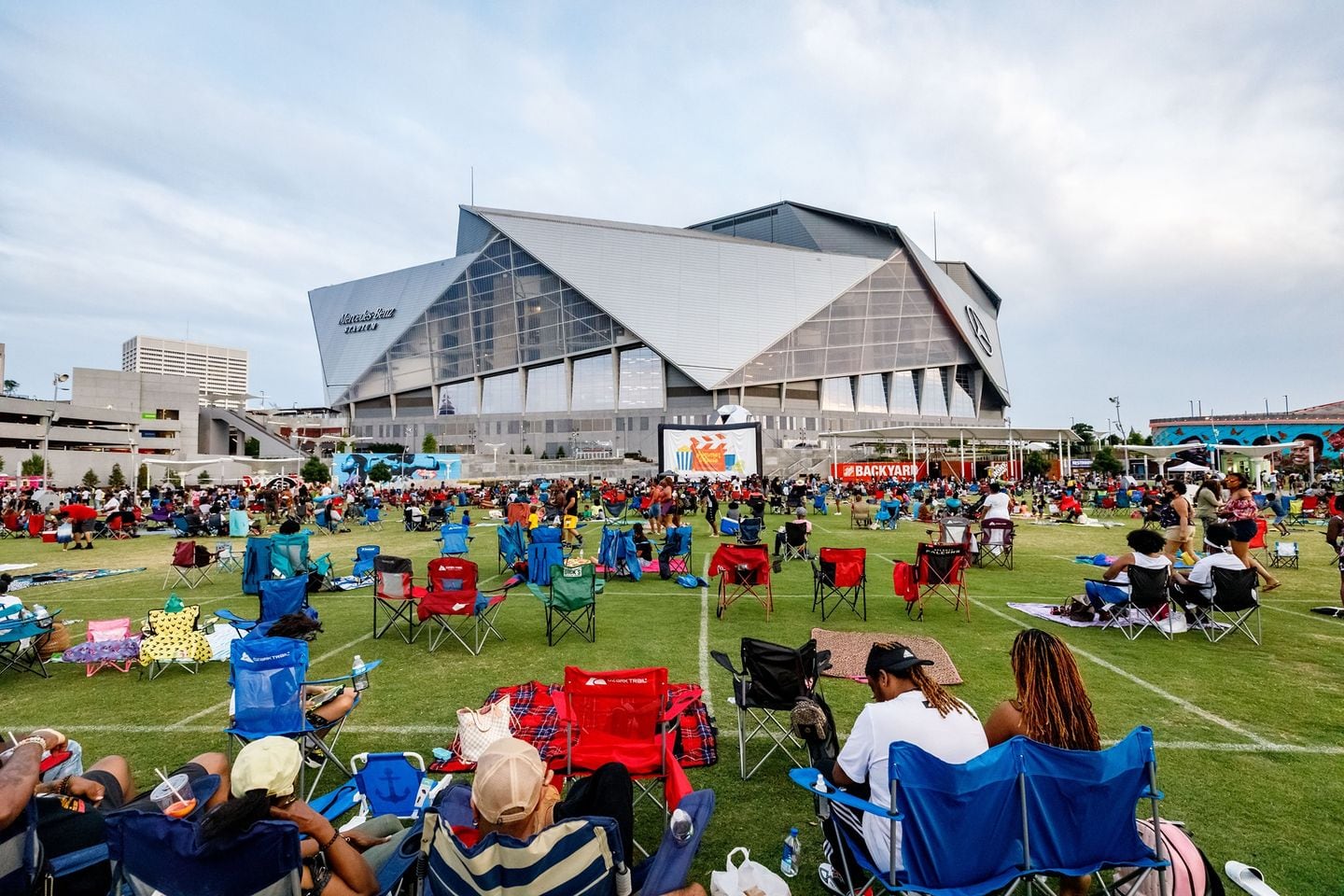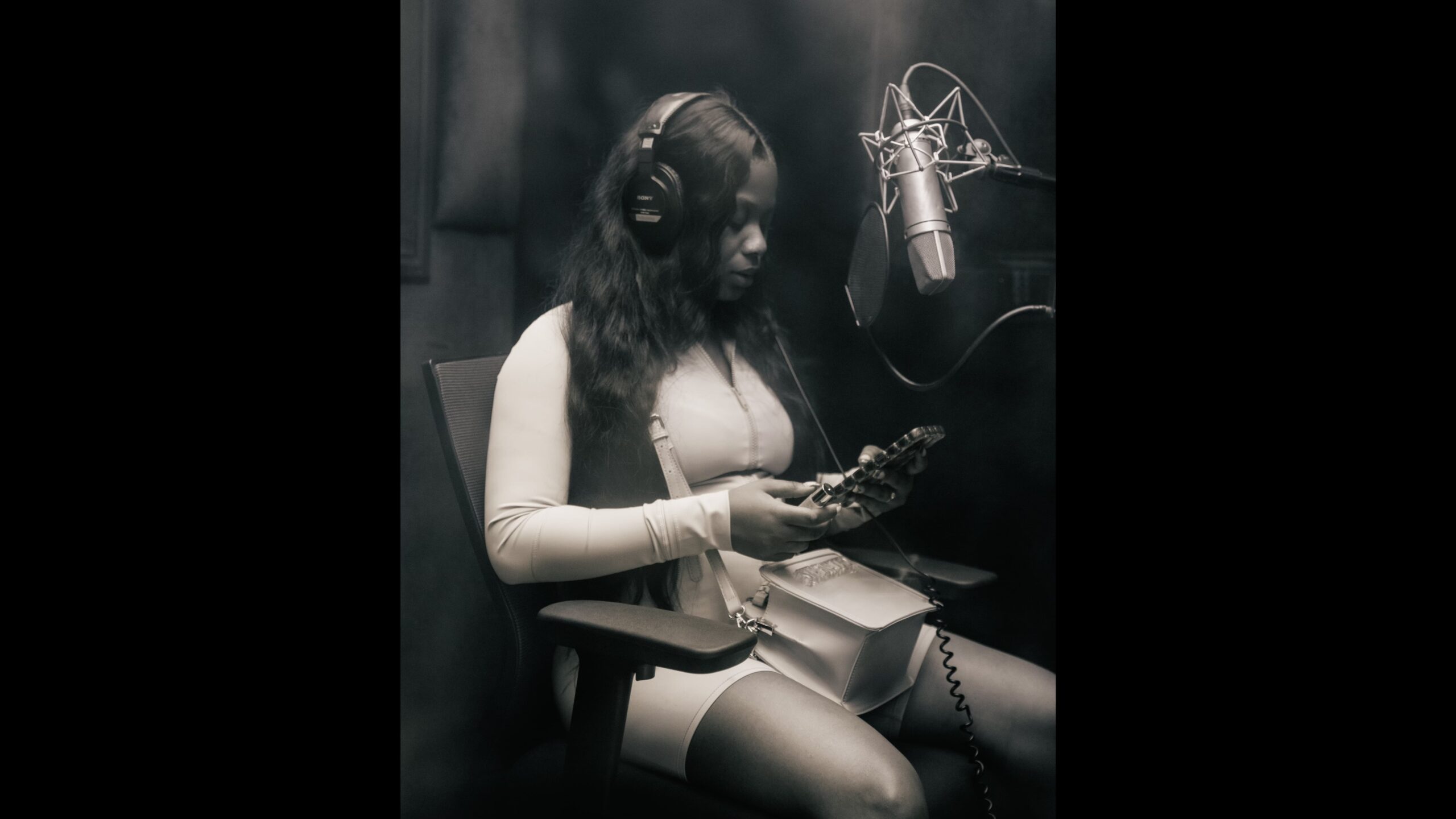Will it be possible for passengers to bring larger bottles? Several 1-quart liquid bags? Those specifics have not yet been released. However, it appears like a whole new security experience for American air travelers may be on the horizon, especially since she announced earlier this month that travelers might leave their shoes on at TSA checkpoints.
9/11 and its aftermath changed much
Following the events of September 11, 2001, airline travel underwent significant upheaval. Henry Harteveldt, an aviation industry researcher with Atmosphere Research Group, stated that prior to that time, airlines were in charge of security and frequently contracted it out to private companies. At security checkpoints, passengers frequently did not need to present identification, and in certain places, family members or friends without boarding permits might enter through the gate.
It was far more informal. And it was obviously ineffectual because of 9/11, according to Roosevelt.
With the goal of stopping other terrorist attacks, the Department of Homeland Security and the Transportation Security Administration were established at that time.
However, it wasn’t until 2006 that the liquid limitations were implemented, following the discovery of a conspiracy involving liquid explosives that were carried into the country on carry-on luggage. The TSA then temporarily prohibited the use of any liquids in carry-on bags. As more and more passengers started packing toiletries in checked luggage, the airline baggage systems were put under stress during the roughly six-week-long prohibition.
The FBI and other labs had discovered that minute quantities of compounds that could fit in a quart-size bag couldn’t blow up an airplane at the time the 3.4-ounce limit was put into place.
Businesses and consumers alike had to adjust to the 3-1-1 rule when the ban was finally lifted in September 2006, which increased demand for clear, TSA-approved toiletry bags that are still found on store shelves today as well as smaller, travel-sized bottles of everything from toothpaste to shampoo.
Later that year, the regulation was likewise enacted in several nations worldwide.
Whatever happens next must be transparent to travelers, according to Keith Jeffries, a former director of TSA at Los Angeles International Airport and current vice president of K2 Security Screening Group. And he is aware of the source of his words.
When the liquids regulations were implemented overnight, Jeffries was employed by the TSA in Albuquerque, New Mexico. To inform passengers of the new rules, signage had to be modified. Every half hour, barrels full of shampoo, shaving cream, and toothpaste had to be emptied. In one of the barrels, Jeffries recalls seeing a pair of shoes.
A TSA employee responded that there was gel in the soles when he questioned why. “Please let me know that I don’t have a passenger back there who is going barefoot in the sterile area,” I said. ‘No, sir, they still have their socks on,’ he responded. It was that disorganized.
It’s about more than convenience
Everyone would benefit from any action that streamlines the screening procedure and reduces the amount of time travelers must spend navigating checkpoints, according to Harteveldt. The lines in front of the security checks are the most vulnerable to a possible danger, so it’s not just about convenience.
According to Harteveldt, the TSA’s decision to modify its shoe policy earlier this month may not have resulted in significant time savings for individual travelers, but given the volume of passengers passing through American airports every day, it represents a significant advancement in reducing the average length of the security procedure. That attempt might be aided by easing the current liquid limits.
There are still unanswered questions. Harteveldt stated, “We don’t know what the secretary is going to announce about liquids.” Will the liquid ban be lifted completely, and will we be allowed to resume importing full-sized toiletries and other items? Will individuals be permitted to bring multiple bags including liquids and toiletries? Crucially, will the restriction on (the) quart-size bag itself be loosened?
It’s also possible that the TSA’s modifications, if any, only begin at a small number of airports with the necessary technology. Airports around the world have implemented security inspections in varying ways and at varying rates over time.
However, passengers may become perplexed if, for instance, they are permitted to bring a full-size bottle of shampoo or lotion when departing from an airport but not when returning home.
According to Harteveldt, the specifics will be crucial. The deployment strategy will therefore be crucial.
According to Harveldt, a more efficient procedure would reduce anxiety among passengers, but some people, such as pilots and flight attendants who fly more frequently, might protest and wonder if airport security is being jeopardized. However, if the TSA didn’t think it was genuinely safe, Harveldt says he doesn’t think they would implement this adjustment.
What of expedited security lines?
The TSA PreCheck program, where travelers provide details like their fingerprints and the agency prescreens them for any red flags, may be affected if shoe limits are lifted and liquid limitations are relaxed. By providing the agency with this information, the traveler receives additional perks that are not available to other travelers, such as the ability to retain their laptops in their shoes and bags and a unique queue to walk through.
Will fewer individuals enroll in PreCheck, however, if those benefits are made available to all travelers?
What effect would shoes and liquids have on TSA PreCheck registration going forward? “That’s the big question,” Jeffries stated. And I would be keeping a careful eye on that over the next 12 to 18 months if I was still employed by TSA.
Although many American travelers may find the idea of raising the current beverage restriction to be a pleasant move, other experts claim that not enough airports currently have the technology. According to Jeffrey Price, an aviation professor at Metropolitan State University of Denver, the X-ray machines that are currently in use at the majority of airports struggle to differentiate between various liquid kinds.
According to him, that’s crucial for figuring out whether something is potentially explosive or not.
Price stated in a blog published last week that it might take “another decade or more” before the more advanced CT scanners are installed at every airport in the United States, despite the fact that they are better and have started to appear in airports.
He stated in an email on Thursday that this is a matter that requires far more thorough investigation than the rule to leave your shoes on.
___
This report was written by Elaine Kurtenbach, an Associated Press editor in Bangkok.
Thanks to AP
Thanks to AP
Thanks to AP
Thanks to AP
Thanks to AP
Thanks to AP






